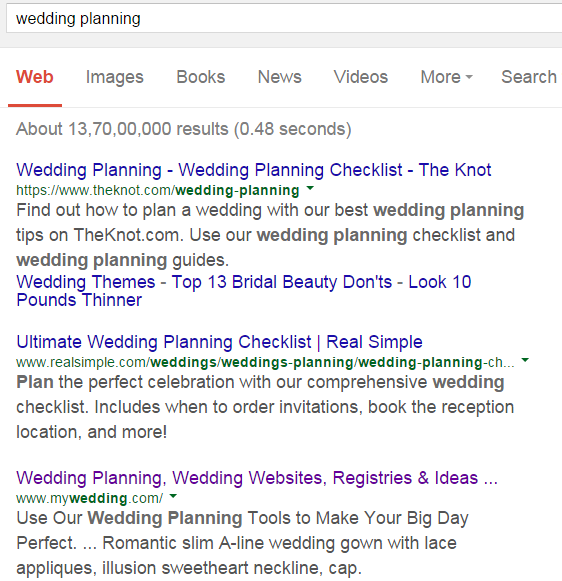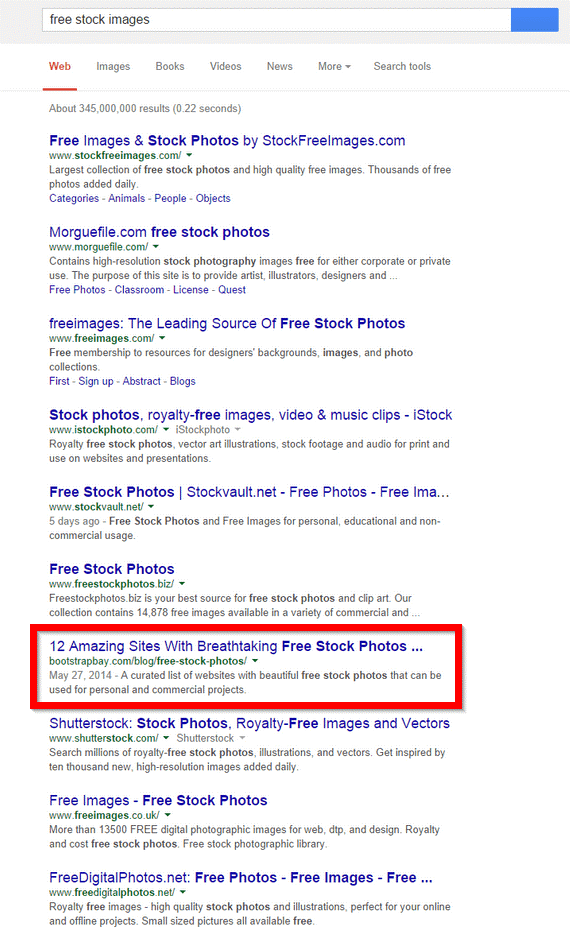 Companies have been relying on content a long time. However, that doesn’t mean they always do it right. Too many businesses produce content on so many topics that it’s clear they haven’t taken the time to learn what their audience really wants to read.
Companies have been relying on content a long time. However, that doesn’t mean they always do it right. Too many businesses produce content on so many topics that it’s clear they haven’t taken the time to learn what their audience really wants to read.
In other words, these content marketers don’t know for whom they’re writing. There are two ways to solve this problem along with some helpful tools:
- Identify your target audiences, find out where they reside, and the topics they discuss.
- Find out what your competitors write.
What does your target audience want from you?
Finding where your target audience hangs out online and what they share should inform your content development.
You need to create buyer personas that reflect the kind of audiences who visit or whom you want to visit your site. Each buyer/visitor profile includes demographic and sociographic details as well as interests, online habits, etc.
Your content should answer the questions those personas might have or the information they would find interesting or helpful.
Internet marketing expert Matthew Woodward found that his audience consists of people who ask a lot of questions about SEO. He learned that his audience members were distressed because they weren’t getting the right answers and often were misguided by others who knew nothing about SEO.
Through blog posts and video tutorials, Matthew made sure to answer his audience’s questions about how SEO should be done the right way. He then began promoting the content through the same forums where he discovered their concerns, and within a short time the traffic, social media shares, and backlinks to his site grew.
The last I heard, Matthew earned a monthly profit of more than $10,000. Almost all the ideas that he used to write posts were generated as a result of browsing forums and emails from his readers.
What are your competitors writing?
Type your main keywords in the Google search bar. Make a list of sites that dominate the search engine results page. Here’s an example for a wedding-industry business:
In this case, you discover that the top three sites for wedding planning content (your content competitors) are The Knot, Real Simple, and MyWedding.
Once you have gathered your competitors’ links, you can manually go look for the most popular content on their sites. However, that can take a lot of time. Instead, enter the URLs in Ahrefs’ content explorer to discover the site’s most popular content. You also can see the social shares for each piece of content.
Look at this example from The Knot:
With the content explorer, you can examine how many “likes,” tweets, shares, etc., the content earned. We now know that besides the home page content, the Just Engaged page earns the most traffic.
Next, fire up Topsy and paste your competitor’s most-shared links in the search box. Topsy returns the handles of all those who tweeted the particular link.
Let’s see an example:
Make a list of all the people who tweeted, and reach out to them when you write a post on a relevant topic generated from this process.
Ahrefs also shares what sites are linking to a competitor’s particular URL most frequently. To find out, click on Top Referring Content. Here’s an example of what links to The Knot content frequently. BuzzFeed sends a large chunk of traffic to the site.
You also can use Topsy to learn what sites are posting content that mentions your competitors. I haven’t found the option to be that useful. When searching for theknot.com, Topsy revealed a bunch of press releases.
Now that you have ideas, here’s how to use them.
Art of using ideas
If you write about similar topics as your competitors, make sure the content is truly exceptional and thorough – so much so that people love sharing and linking to your posts.
Brian Dean of Backlinko calls this the “skyscraper technique.” As he explains, there are three core steps:
- Find top-performing content in your industry.
- Identify gaps in that content – areas where there could be more details – and craft something that fills in those gaps.
- Promote your content like a mad man. (Hint: Use the Twitter handle tip mentioned above.)
One of Brian’s readers, Chris Gimmer of BootstrapBay, used the skyscraper technique to write an epic post in the bootstrap-theme niche, 12 Amazing Sites with Breathtaking Free Stock Photos. The post resulted in over 17,000 visitors in a single day and a ton of new backlinks. The posts recently sat at No. 7 for the 18,000 monthly volume keyword “free stock images.”
Concluding thoughts
To be successful with content marketing, you need to have content your audience wants. You need to develop posts based on topics to which your audience already is responding. If you provide that, there’s no way you will fail.
Need help finding which content marketing tactics will put your business on the path to success? Check out the CMI guide to Building the Perfect Content Marketing Mix: Execution Tactics.
Cover image by Viktor Hanacek, picjumbo, via pixabay.com
Please note: All tools included in our blog posts are suggested by authors, not the CMI editorial team. No one post can provide all relevant tools in the space. Feel free to include additional tools in the comments (from your company or ones that you have used).









